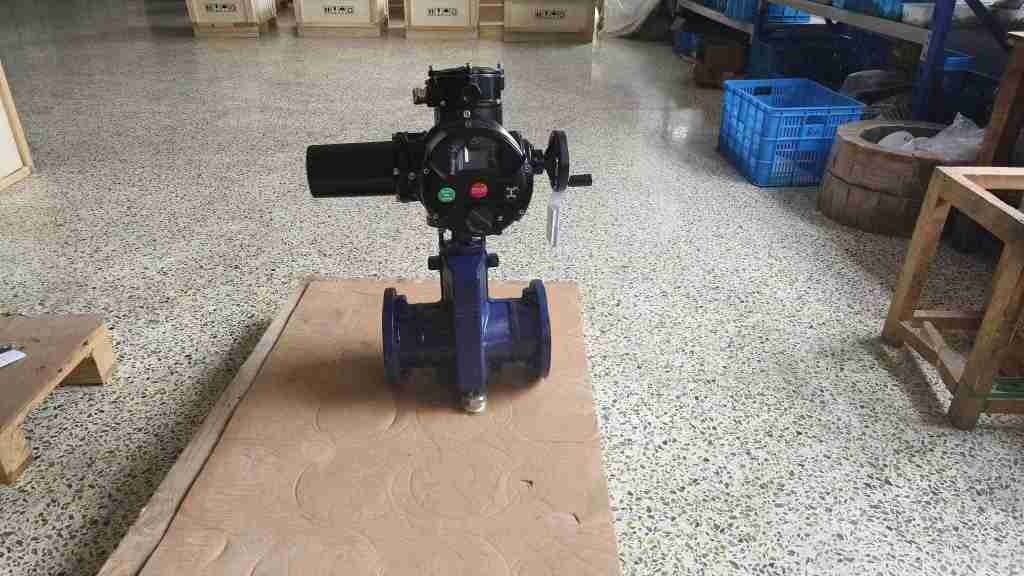Electric pinch valves are innovative devices that play a crucial role in fluid control systems across various industries. Unlike traditional valves, which rely on mechanical parts, electric pinch valves utilize a flexible tube to control the flow of liquids or gases. This article will explore the functioning, applications, and advantages of electric pinch valves, shedding light on why they are becoming increasingly popular in modern engineering.

How Electric Pinch Valves Work At the core of an electric pinch valve is a soft, flexible elastomeric tube. The operation of the valve is simple yet effective: when the valve is activated, a mechanism compresses the tube, pinching it closed and stopping the flow of the medium. Conversely, when the valve is deactivated, the tube returns to its original shape, allowing the fluid or gas to flow freely. The actuation is typically controlled by an electric motor or actuator, providing precise and reliable control over flow rates. The design of electric pinch valves offers several distinct advantages over traditional valves. For one, they have no moving parts in contact with the flow, which minimizes wear and tear and extends the valve’s lifespan. This also makes them particularly suitable for handling corrosive or abrasive fluids, as the inner tube can be made from a variety of materials tailored to the specific media.